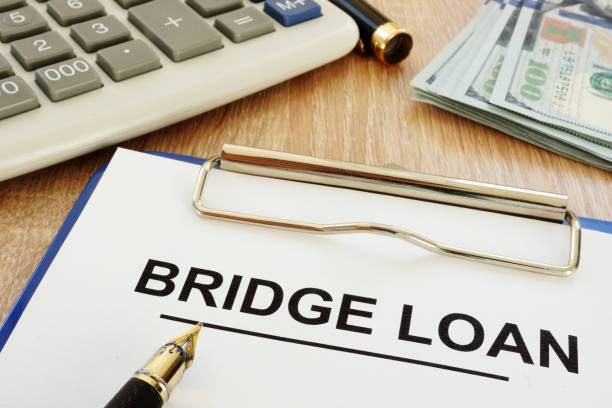Banks Fight For Your Business
As brokers, we shop your scenario with 30+ lenders to get you the best rate.
No Lender Fees
We don't charge any lender fees, saving you on average $1,600 over retail banks.
Won't Impact Credit Score
We make sure the numbers work before running your credit.
Benefits of Bridge loans
1
Flexibility
Bridge loans offer flexible terms and conditions, making them suitable for various financial situations.
2
Fast Approval
Quick processing and approval times compared to traditional lending options, addressing urgent financial needs.
3
Seamless Transition
Enables a smooth transition between properties, eliminating the need to rush the sale process or compromise on purchase opportunities.










